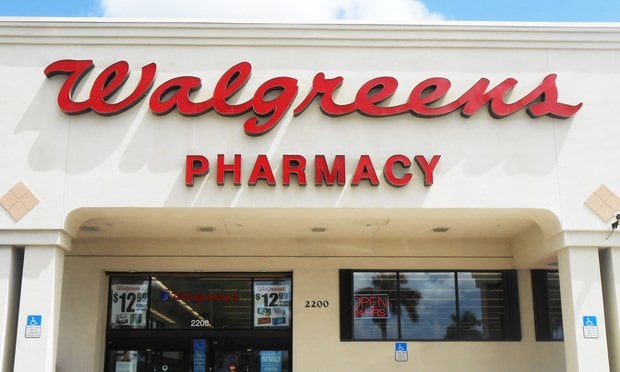It's pretty crummy finding out only after the fact that you've overpaid for an item.
Yet, no one ever knows what they're in for financially when they seek routine health care services. That MRI could cost you $300 or $3,000, and typically you won't find out until after the fact.
Recommended For You
A lack of information around health costs and quality hurts all of us, while protecting high-price, low-quality providers who happily practice below the radar.
Consumerism and the move towards high deductibles were supposed to spur consumer shopping for health care online. Yet, the average health insurance deductible — never mind the out of pocket maximum — has skyrocketed into the four-figure range for the majority of us.
So if we're already spending more, why aren't we shopping for health care like we're supposed to?
I contend that it's not that consumers won't shop online for health care like they do for most other things – it's just not easy enough … yet.
There are several hurdles that stand in the way of an Amazon-like shopping experience. Referrals from a doctor are complicated to change. Costs are often provided as estimates, not real dollars.
Even more, low-cost, high-quality options are not always easily understood or easy to find.
Online shopping for electronics and books may be fast and convenient, but there was a long evolution towards online retail. First, there was "in-person" buying.
Then, catalog shopping came into vogue in Venice in 1498. Yes, even before the Gregorian calendar! The catalog was popular through the 19th and 20th century, until Amazon launched in 1995.
And even though online shopping is wildly popular, it only accounts for 8 percent of retail purchases.
While I'm hopeful that change won't take 600 years, I also recognize web-based tools might not be the logical next step for many consumers when it comes to shopping for health care.
If we want to encourage an army of shoppers, we need to use a hybrid of online and offline approaches.
The pathway to shopping needs to include the following:
-
Incentives that give people a financial reason to seek better value care;
-
Websites that help consumers understand the intersection of cost and quality so they can make smart choices;
-
Value coaches who provide concierge service by phone;
-
Web chat assistants who help online consumers not just shop, but switch their care;
-
And direct mail campaigns that remind consumers that it's time to shop for a preventative exam.
Consider that even retailers today haven't abandoned traditional customer channels and marketing tactics. They've only enhanced sales with online tools that provide value and improve the customer experience.
In fact, the number of catalogs mailed in the United States inched up in recent years as retailers focus on repeat buyers, rather than new recruits.
The link between online and offline tools to drive usage can be demonstrated by Lands' End. In 2000, the retailer reduced the number of catalogs it sent consumers – and lost $100 million in sales as a result, according to research by Kurt Salmon.
A survey later revealed that 75 percent of Lands' End customers who were making purchases had first reviewed the catalog.
Similarly, when the health benefits program for the City of Manchester targeted employees who received Remicade therapy reminded them about incentives they could earn for switching to same-quality, lower-cost providers, more than 53 percent shopped and saved on the service.
Compare that to a 15 percent redirection rate before the direct mail campaign.
As hybrid models move larger volumes of consumers to better value health care, we'll create provider competition, resulting in permanent fee reductions as providers try to attract and retain business.
In the end, this is about more than one shopper – online or off. It's about creating a transparent marketplace where quality and cost are known entities. It's about getting providers to renegotiate rates and address quality concerns.
And it's about making all consumers – not just those savvy enough to shop online – active participants in this system.
© 2025 ALM Global, LLC, All Rights Reserved. Request academic re-use from www.copyright.com. All other uses, submit a request to [email protected]. For more information visit Asset & Logo Licensing.







